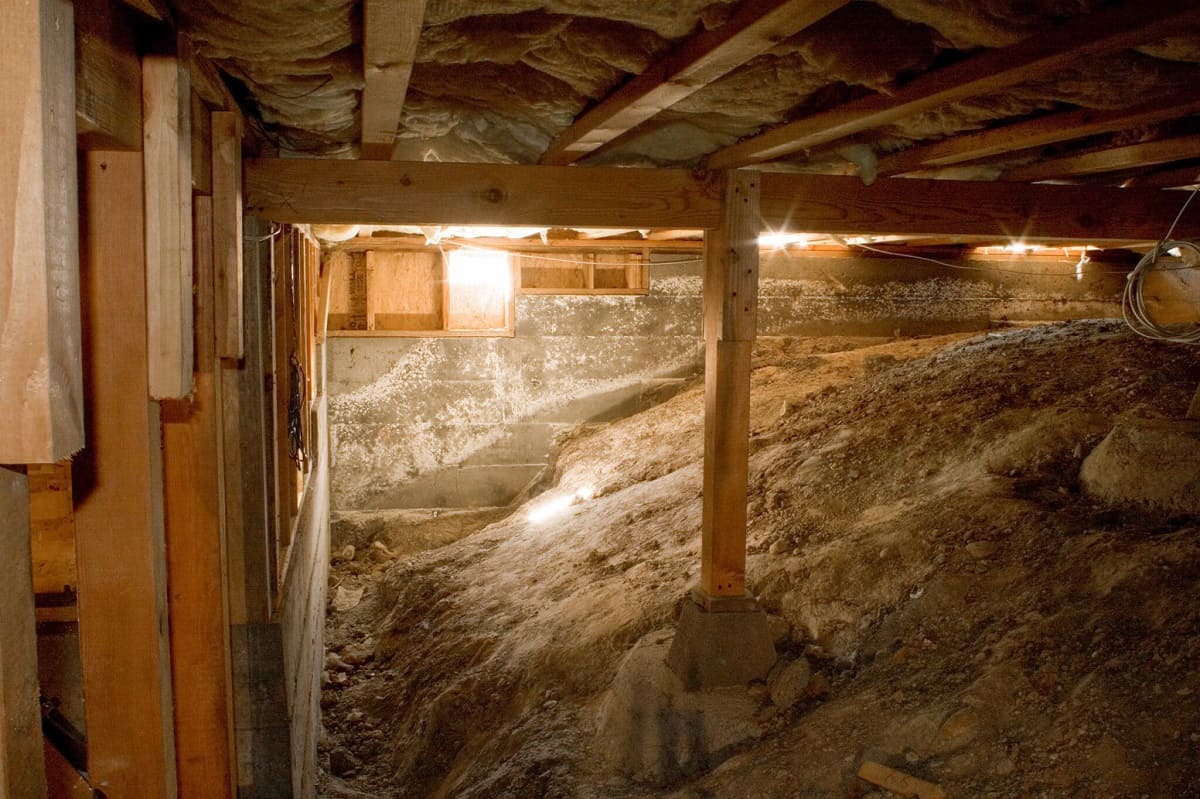

Articles
How Deep Can You Dig A Basement
Modified: January 18, 2024
Discover how deep you can dig a basement with our insightful articles. Uncover the secrets of excavation and maximize your construction project's potential.
(Many of the links in this article redirect to a specific reviewed product. Your purchase of these products through affiliate links helps to generate commission for Storables.com, at no extra cost. Learn more)
Introduction
When it comes to expanding the living space in your home, digging a basement can be a viable option. A basement not only provides extra square footage but also offers a range of possibilities, such as creating a new living area, a home office, or even a recreational space. However, before you break ground, it’s crucial to understand the factors involved in digging a basement, especially when it comes to how deep you can dig.
In this article, we will explore the various considerations and limitations associated with digging a deep basement. From legal requirements and soil conditions to structural considerations and cost estimates, we’ll provide you with valuable insights to help you make informed decisions about your basement excavation project.
Before embarking on a basement excavation, it’s important to assess several key factors that can impact the overall feasibility and success of the project. These factors include the legal requirements and permits, soil conditions, depth limitations, structural considerations, potential challenges, and the estimated cost of the excavation.
Key Takeaways:
- Digging a deep basement requires careful consideration of legal requirements, soil conditions, and structural implications. Expert guidance and thorough planning are essential for a successful and compliant excavation project.
- Understanding the depth limitations, potential challenges, and cost estimates associated with deep basement excavation is crucial for managing the project effectively and ensuring a safe and valuable addition to your property.
Read more: How Deep To Dig A Fire Pit
Factors to Consider Before Digging a Basement
Digging a basement is a major construction project that requires careful planning and consideration. Before you begin, it’s essential to take into account several factors that can impact the feasibility and success of your basement excavation. Here are some key factors to consider:
- Permits and Legal Requirements: Before digging a basement, you need to check with your local authorities to determine if you need any permits or if there are any zoning restrictions in your area. It’s important to obtain the necessary permits to ensure that your project is compliant with local regulations.
- Foundation and Structural Integrity: Assess the existing foundation and structural integrity of your home. Consult with a structural engineer to ensure that your home can support the additional weight of a basement. They will also advise you on any necessary reinforcements or modifications.
- Utility Lines and Services: Determine the location of utility lines such as water, gas, and electricity on your property. Contact the respective utility companies to mark the lines and avoid any potential damage or disruptions during excavation.
- Accessibility and Egress: Consider how you will access the basement and provide proper egress in case of emergencies. This may involve building staircases, windows, or even an exterior entrance. Ensure compliance with building codes and safety regulations.
- Soil Conditions: Soil conditions play a crucial role in basement construction. Conduct a soil investigation to determine the type of soil, its stability, and drainage properties. This information will help you understand any potential challenges during excavation and design appropriate foundation systems.
- Water Table and Drainage: The water table level and the presence of groundwater in your area can affect basement construction. A high water table may require additional waterproofing measures, drainage systems, or even alternative foundation designs.
- Adjacent Structures: Consider the proximity of neighboring structures and their potential impact on your excavation project. Ensure that the excavation process does not compromise the stability or integrity of adjacent buildings.
- Budget and Timeline: Determine your budget and timeframe for the basement excavation project. Factor in costs such as excavation equipment, labor, materials, permits, and any additional expenses that may arise during the construction process.
By carefully considering these factors before digging a basement, you can ensure a smoother and more successful project. Consulting with professionals, such as engineers and contractors, can provide valuable insights and guidance throughout the process. Remember to prioritize safety, compliance with regulations, and thoughtful planning to achieve your desired outcome.
Legal Requirements and Permits for Digging a Basement
Before you start digging a basement, it is essential to understand and comply with the legal requirements and obtain the necessary permits. These requirements vary depending on your location and local regulations. Non-compliance can lead to fines, delays, and even legal issues. Here are some important considerations when it comes to legal requirements and permits for basement excavation:
1. Local Building Codes: Familiarize yourself with the building codes and regulations specific to your area. These codes dictate the minimum standards for construction, including basement excavation. They cover aspects such as foundation depth, structural integrity, electrical and plumbing requirements, and egress systems. Adhering to these codes ensures the safety and structural soundness of your basement.
2. Zoning Restrictions: Check if your property is subject to any zoning restrictions that may impact basement excavation. Zoning regulations govern land use and can dictate the permissible height, setback, and overall structure of your property. They ensure that developments are in line with the neighborhood’s character and do not disrupt the surrounding environment.
3. Building Permits: Obtain the necessary building permits from your local building department before starting the excavation. Permits are typically required to ensure that the construction meets safety standards and complies with the local building codes. The permit process may involve submitting detailed plans, paying fees, and scheduling inspections at various stages of the project.
4. Utility Clearances: Determine the location of underground utility lines before digging to avoid any accidental damage or disruptions. Contact the utility companies serving your area to have the lines marked. This includes water, gas, electricity, phone, and sewer lines. Working without proper clearances can lead to safety hazards and expensive repairs.
5. Excavation Bonds and Insurance: In some cases, you may be required to obtain excavation bonds or carry specific insurance coverage to protect against any potential damage to neighboring properties or public infrastructure. These bonds and insurance policies serve as a means of financial protection and assurance.
6. Historical or Environmental Restrictions: If your property is within a designated historical or environmentally sensitive area, you may have additional considerations and restrictions when it comes to basement excavation. Consult with the appropriate authorities to understand any specific requirements or limitations that apply to your project.
It is important to research and consult with local authorities or a professional contractor who is familiar with the legal requirements and permitting process in your area. They can guide you through the necessary steps, help you navigate any complexities, and ensure that your basement excavation project is compliant with all applicable regulations.
Understanding Soil Conditions for Basement Digging
One of the critical factors to consider before digging a basement is understanding the soil conditions of your property. Soil plays a crucial role in determining the stability and load-bearing capacity of the foundation that will support your basement. Here are some key aspects to consider when assessing the soil conditions for basement digging:
1. Soil Type: Different soil types have varying properties and characteristics that can affect the excavation process and the stability of your basement. Common soil types include sandy, clay, silt, and loam. Each type has its own set of strengths and weaknesses, including water-holding capacity, drainage, and compaction behavior. Understanding the soil type will help you determine the appropriate foundation design and excavation methods.
2. Soil Stability: Assessing the stability of the soil is crucial to avoid any potential issues during and after the basement excavation. Factors such as soil compaction, cohesion, and angle of internal friction need to be considered. Unstable soil conditions can lead to settlement, shifting, or even collapse of the excavated area, jeopardizing the structural integrity of your basement.
3. Soil Drainage: Proper drainage is essential to prevent water accumulation around or beneath the basement. Excessive water can exert hydrostatic pressure on the foundation walls, leading to moisture problems, seepage, and potential damage. Conduct a soil investigation to determine the drainage characteristics of the soil, including permeability, water table level, and the presence of underground springs or water sources.
4. Soil Bearing Capacity: The bearing capacity of the soil refers to its ability to support the weight of the structure above. It is a critical factor in determining the depth and design of the foundation for the basement. Soil with a higher bearing capacity can support a deeper basement and heavier loads. However, if the soil has low bearing capacity, additional measures such as soil stabilization or deep foundation systems may be required.
5. Soil Expansion and Contraction: Some soils, like clay, have a tendency to expand when exposed to moisture and contract when it dries. This natural behavior of expansive soil can cause significant movement and potential damage to the basement foundation. Understanding the soil’s potential for expansion and contraction is essential in designing proper foundation systems, incorporating appropriate drainage measures, and implementing suitable soil stabilization techniques.
It is recommended to consult with a geotechnical engineer or a soil expert to conduct a thorough investigation and analysis of the soil conditions on your property. They will assess factors such as soil composition, strength, stability, and drainage characteristics. The findings will inform the design and construction of your basement foundation, ensuring its durability and minimizing the risk of future issues related to soil instability.
Depth Limitations for Basement Digging
When planning a basement excavation, it is essential to understand the depth limitations imposed by various factors. These limitations can vary depending on local regulations, soil conditions, and structural considerations. Here are some key factors to consider when determining the depth limitations for basement digging:
1. Legal Restrictions: Local building codes and regulations often dictate the maximum allowable depth for basement excavation. These restrictions are in place to ensure the safety and stability of the construction. It is important to consult with your local building department to understand the specific limitations and requirements in your area.
2. Soil Conditions: The type and stability of the soil can impact the maximum depth achievable for basement digging. Some soil types, such as sandy or gravelly soils, may allow for deeper excavations due to their natural stability and load-bearing capacity. However, cohesive soils like clay or silt may require additional engineering measures or have lower depth limitations due to stability concerns.
3. Water Table Level: The water table level refers to the depth at which the soil is saturated with water. A high water table can pose challenges during basement excavation as it increases the risk of water infiltration and hydrostatic pressure on the foundation walls. The depth limitations may need to be adjusted to accommodate the water table level and implement proper waterproofing measures.
It is crucial to consult with professionals such as structural engineers, geotechnical experts, and contractors who have experience in basement excavation. They can assess the specific factors associated with your property and provide guidance on the depth limitations for your basement digging project. By considering these limitations and properly planning the excavation, you can ensure a safe and successful construction process.
Before digging a basement, consult with a professional to determine the appropriate depth based on soil conditions, water table levels, and local building codes. Excavation depth is typically limited to 8-10 feet for safety and structural reasons.
Read more: How Deep To Dig For Fence Post
Structural Considerations for Deep Basements
When planning to dig a deep basement, it is important to consider the structural implications and ensure that the foundation and surrounding structures can safely support the increased depth. Here are some key considerations when it comes to the structural design of deep basements:
- Foundation Design: The foundation is a critical component in supporting the weight of the structure and providing stability to the basement. For deep basements, the foundation design must be carefully planned to accommodate the additional loads and ensure proper distribution of forces. This may involve the use of deeper footings, reinforcement, or even deep pile foundations to reach stable soil layers.
- Structural Integrity: Deep excavations may induce lateral earth pressures on the foundation walls, potentially causing instability or failure. It is crucial to assess and strengthen the structural integrity of the foundation walls to withstand these pressures. This can be achieved through reinforcing the walls with steel or using specialized construction techniques such as shotcreting or retaining walls.
- Waterproofing and Drainage: With deeper basements, the risk of water infiltration and hydrostatic pressure increases. Proper waterproofing measures, including the use of high-quality membranes, drainage systems, and sump pumps, are essential to prevent water damage and maintain a dry and habitable space.
- Staircase and Egress: The design and construction of the staircase leading to the basement and the provision of proper egress are critical for both safety and convenience. The staircase should meet local building codes and regulations, ensuring sufficient headroom, width, and proper lighting. Consideration should also be given to providing alternative means of egress, such as windows or exterior entrances, in case of emergencies.
- Load-Bearing Capacity: Deep basements may require additional support systems to distribute the increased loads effectively. Consult with a structural engineer to determine the appropriate load-bearing capacity of the foundation and any necessary reinforcements, such as beams or columns, to ensure proper structural stability.
- Seismic Considerations: If you are located in a seismically active area, seismic considerations should be taken into account during the structural design of deep basements. This may include designing for increased lateral forces and implementing specialized construction techniques to enhance the seismic resistance of the structure.
It is important to work closely with a structural engineer or a professional contractor experienced in deep basement construction. They can assess the specific requirements of your project, considering factors such as soil conditions, local building codes, and any unique characteristics of your property. By addressing these structural considerations, you can ensure a safe and durable deep basement that meets your needs and complies with all relevant regulations.
Potential Challenges and Solutions in Deep Basement Digging
Digging a deep basement can present various challenges that need to be addressed to ensure a successful excavation project. Understanding these challenges and implementing appropriate solutions is essential for a safe and efficient construction process. Here are some common challenges and their potential solutions in deep basement digging:
- Excavation Safety: Excavating a deep basement involves working in a confined space, which can pose safety risks for workers. Adequate safety protocols should be followed, including proper shoring, ventilation, and regular inspections. It is also crucial to have trained personnel on site who are well-versed in excavation safety practices.
- Soil Stability: Deep excavations can encounter soil stability issues, especially in areas with cohesive soils or high water tables. Proper soil stabilization techniques, such as soil anchoring, soil nailing, or ground freezing, may be necessary to maintain the stability of the excavation. Consult with a geotechnical engineer to assess the soil conditions and determine the appropriate stabilization methods.
- Dewatering: Deep basements may require dewatering to lower the water table level and prevent water infiltration during construction. Dewatering techniques, such as wellpoint systems, deep wells, or sump pumps, can be employed to remove excess water from the excavation site. It is important to carefully manage the dewatering process to avoid potential impacts on neighboring properties or the stability of the excavation.
- Utilities and Services: Deep basement digging can disrupt or damage underground utility lines and services like water, gas, or electrical. Before excavation, proper utility locates should be conducted, and clearances should be obtained from the respective utility companies. Careful planning and coordination with utility service providers can help minimize potential disruptions and ensure the safety of the excavation.
- Access and Egress: Construction in deep basements requires proper access and egress systems for workers and emergency situations. Depending on the design and location of the basement, staircases, ramps, or exterior entrances may need to be constructed to provide safe and convenient access. Compliance with building codes and regulations is essential when designing these access and egress systems.
- Timing and Weather: The timing of the excavation project and weather conditions can impact the progress and success of deep basement digging. Construction should be scheduled during favorable weather conditions to minimize risks associated with rain, snow, or extreme temperatures. Adequate site preparation and implementation of proper drainage systems can also help mitigate adverse effects caused by inclement weather.
Addressing these potential challenges requires careful planning, collaboration with experienced professionals, and adherence to safety protocols and regulations. Consulting with a structural engineer and other relevant experts throughout the project can provide valuable insights and guidance to overcome these challenges. By proactively identifying and resolving potential issues, you can ensure a smooth and successful deep basement excavation process.
Cost Estimates for Deep Basement Excavation
Excavating a deep basement involves a significant investment of time and resources. It is important to have a clear understanding of the potential costs involved before proceeding with the project. While the actual costs will vary depending on factors such as the size and complexity of the excavation, soil conditions, and location, here are some key cost considerations for deep basement excavation:
- Site Preparation: Before excavation can begin, site preparation is necessary. This includes clearing the area, demolishing existing structures (if required), relocating utilities, and ensuring proper access to the site. Site preparation costs can vary depending on the condition of the existing site and the complexity of the tasks involved.
- Excavation and Digging: The excavation itself is a major cost component. Deep basement excavation requires specialized equipment and skilled labor to safely and efficiently dig the necessary depth. Excavation costs can be influenced by factors such as the soil type, ease of access, and any challenges encountered during the process.
- Shoring and Supports: In deep basement excavation, shoring and supports are often necessary to ensure the stability of the excavation walls and provide safety for workers. The costs associated with shoring and supports depend on the depth of the basement and the complexity of the design. This can include materials such as steel beams, bracing systems, and soil stabilization measures.
- Dewatering and Drainage: If the water table is high or there are concerns about groundwater, dewatering and drainage systems may be required to keep the excavation dry. The costs associated with dewatering can vary based on the complexity of the groundwater conditions and the size of the basement. This may include the installation and maintenance of dewatering wells, pumps, and associated equipment.
- Foundation and Structural Work: The foundation for the deep basement will need to be designed and constructed to support the structure. The cost of foundation work depends on factors such as the depth and size of the basement, the type of foundation (concrete slab, crawl space, or full basement), and any additional reinforcement or specialized requirements.
- Utilities and Services: If utilities need to be relocated or upgraded to accommodate the basement construction, these costs should be factored into the overall estimate. This includes the cost of connecting or disconnecting water, gas, electricity, sewer, and any other necessary services.
- Building Permits and Inspections: Obtaining the necessary building permits and scheduling inspections throughout the construction process will incur additional costs. These costs vary depending on the location and the complexity of the project. It is essential to comply with local regulations and factor in the associated fees.
- Additional Considerations: Other cost considerations may include professional fees (architects, engineers, and consultants), site cleanup, landscaping, and any unforeseen challenges or adjustments needed during the construction process.
It is recommended to consult with contractors or professional estimators who specialize in basement excavation to obtain accurate cost estimates for your specific project. By budgeting appropriately and considering all the potential costs, you can ensure that you have the financial resources to complete the deep basement excavation successfully.
Conclusion
Digging a deep basement can offer a range of benefits, from creating extra living space to adding value to your property. However, it is crucial to thoroughly understand the various factors and considerations involved before embarking on a basement excavation project.
In this article, we explored the key factors to consider, such as legal requirements, soil conditions, and structural considerations. We discussed the importance of obtaining necessary permits and complying with local building codes to ensure a smooth and compliant construction process. Understanding soil conditions, including type, stability, drainage, and bearing capacity, is essential in assessing the feasibility and potential challenges of digging a deep basement. We also discussed the structural implications of deep basement excavation, including foundation design, waterproofing, and load-bearing capacity.
Additionally, we covered potential challenges that may arise during deep basement digging, such as excavation safety, soil stability, and utility coordination. By recognizing these challenges, you can proactively implement appropriate solutions to mitigate risks and ensure a successful excavation project.
Lastly, we discussed the cost estimates associated with deep basement excavation, emphasizing the importance of budgeting for expenses such as excavation, shoring, foundation work, utilities, permits, and additional considerations. Obtaining accurate cost estimates and planning accordingly will help you manage your budget effectively and avoid any financial surprises during the project.
In conclusion, digging a deep basement can be a significant undertaking, but with careful planning, expert guidance, and adherence to safety and regulatory requirements, it can result in a valuable addition to your property. Whether you’re looking to expand your living space or create a functional area for various purposes, a well-designed and properly executed deep basement can add both functionality and value to your home.
Now that you've got the scoop on basement digging, why not spruce up your interiors too? Transitioning to hardwood floors offers a fresh, stylish look that can revamp any home. Get tips on choosing the right type in our guide to hardwood floors for renovations. Also, while tackling such projects, keeping an eye on safety measures is paramount. Construction sites pose risks, and our article on safety essentials sheds light on precautions and protocols to keep your site hazard-free.
Frequently Asked Questions about How Deep Can You Dig A Basement
Was this page helpful?
At Storables.com, we guarantee accurate and reliable information. Our content, validated by Expert Board Contributors, is crafted following stringent Editorial Policies. We're committed to providing you with well-researched, expert-backed insights for all your informational needs.
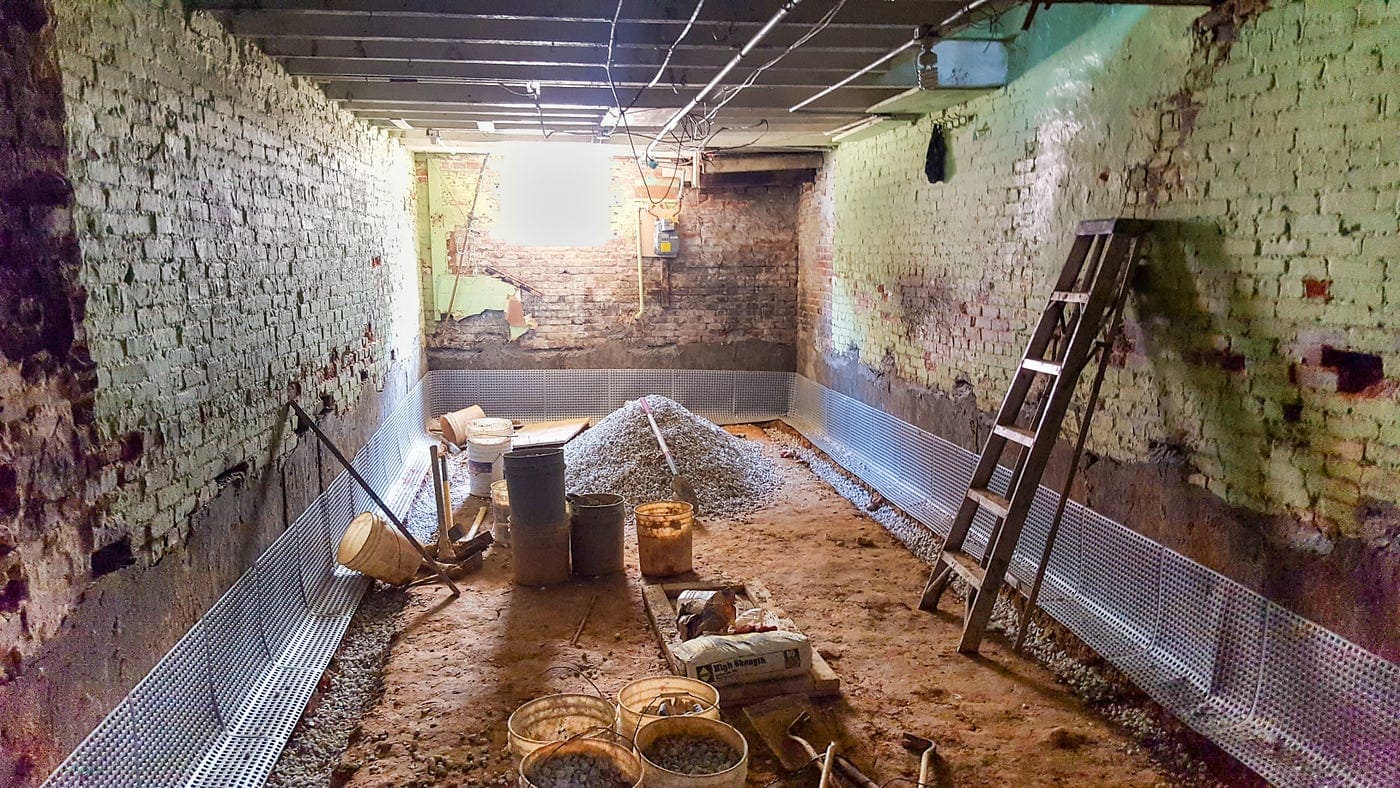
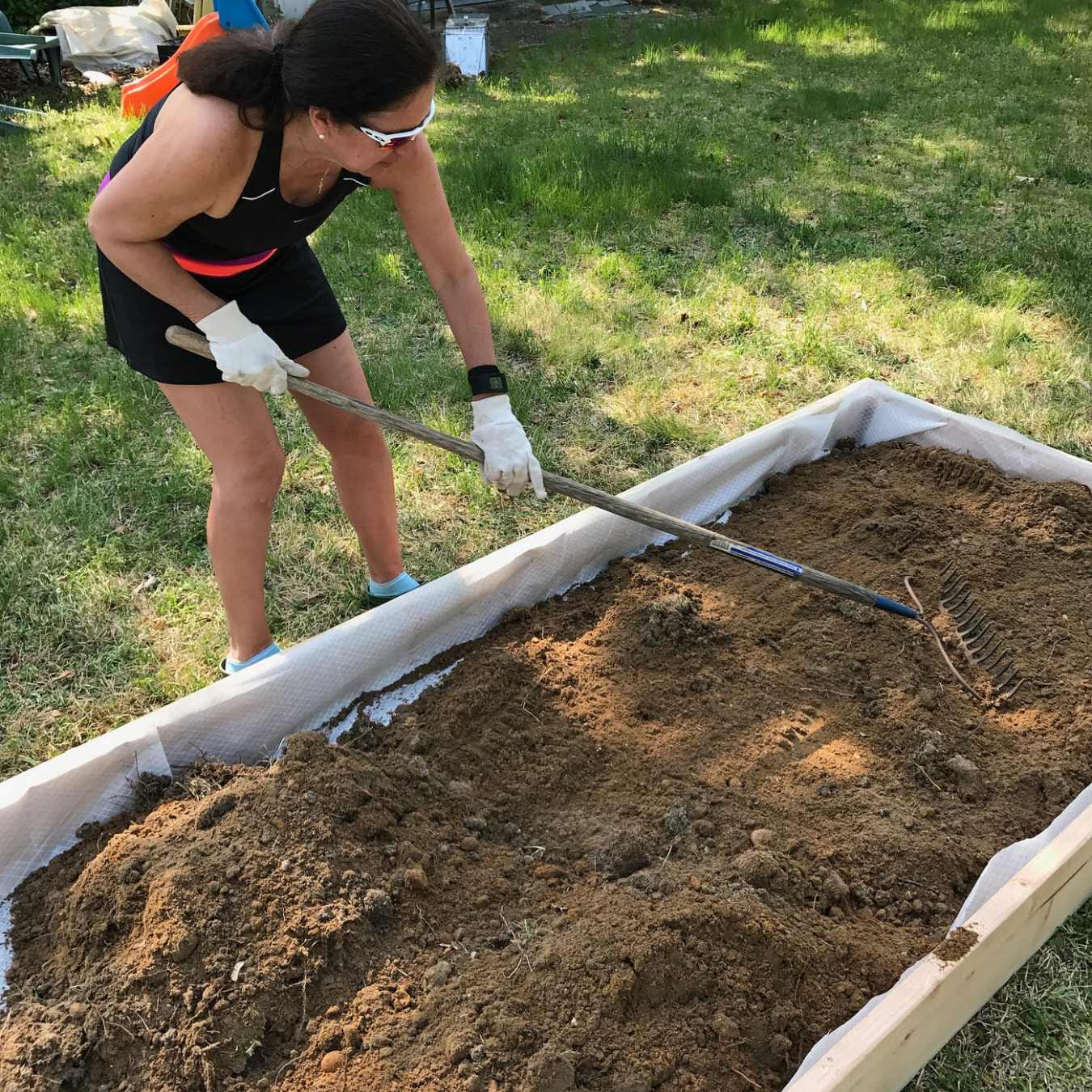


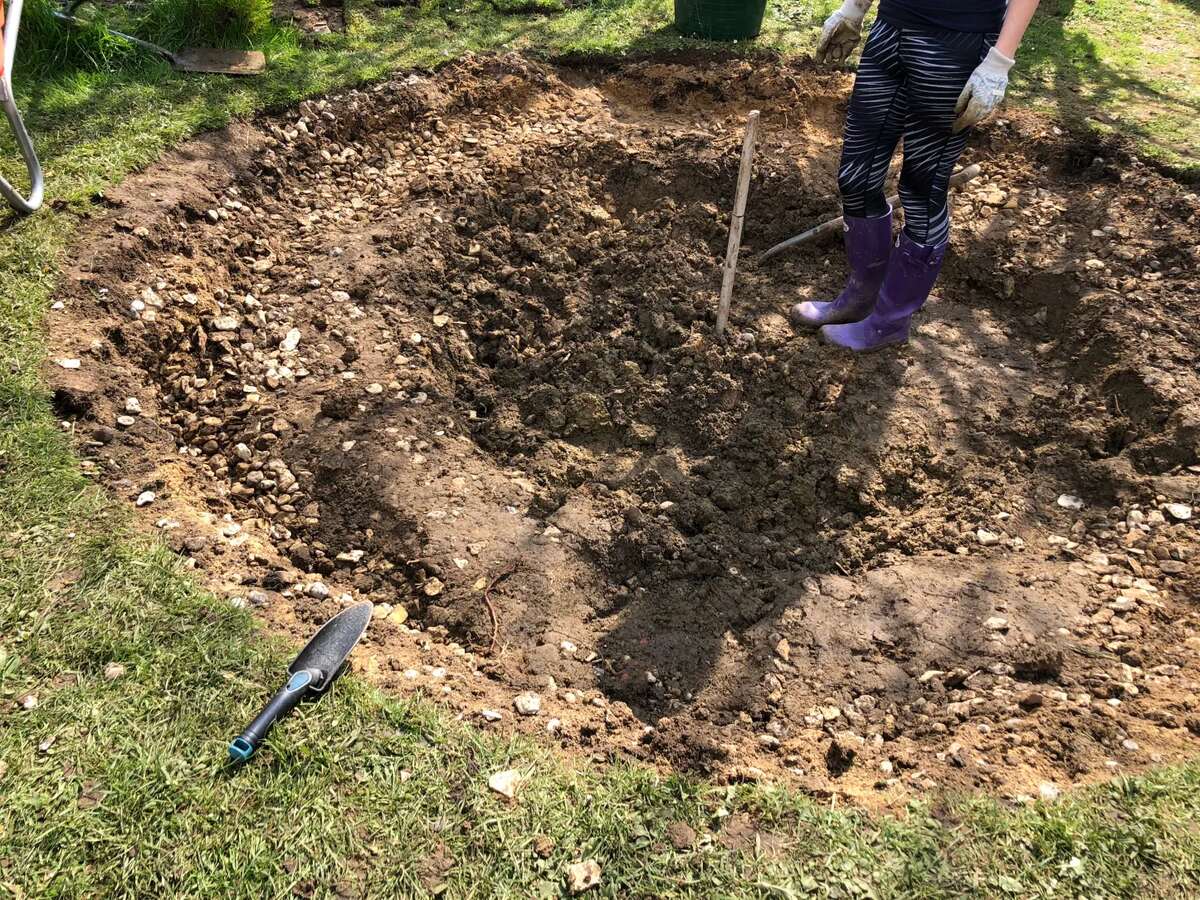

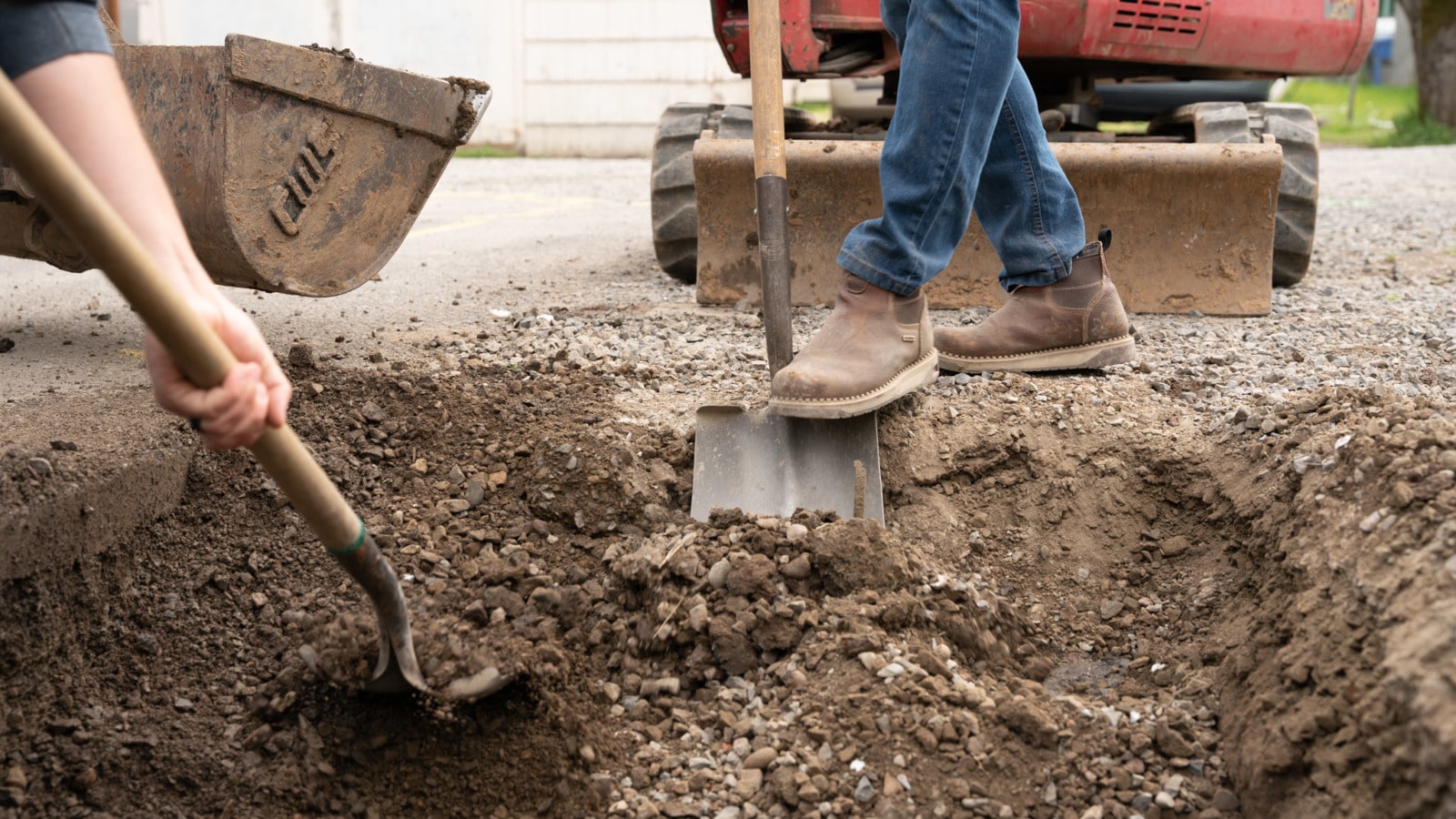





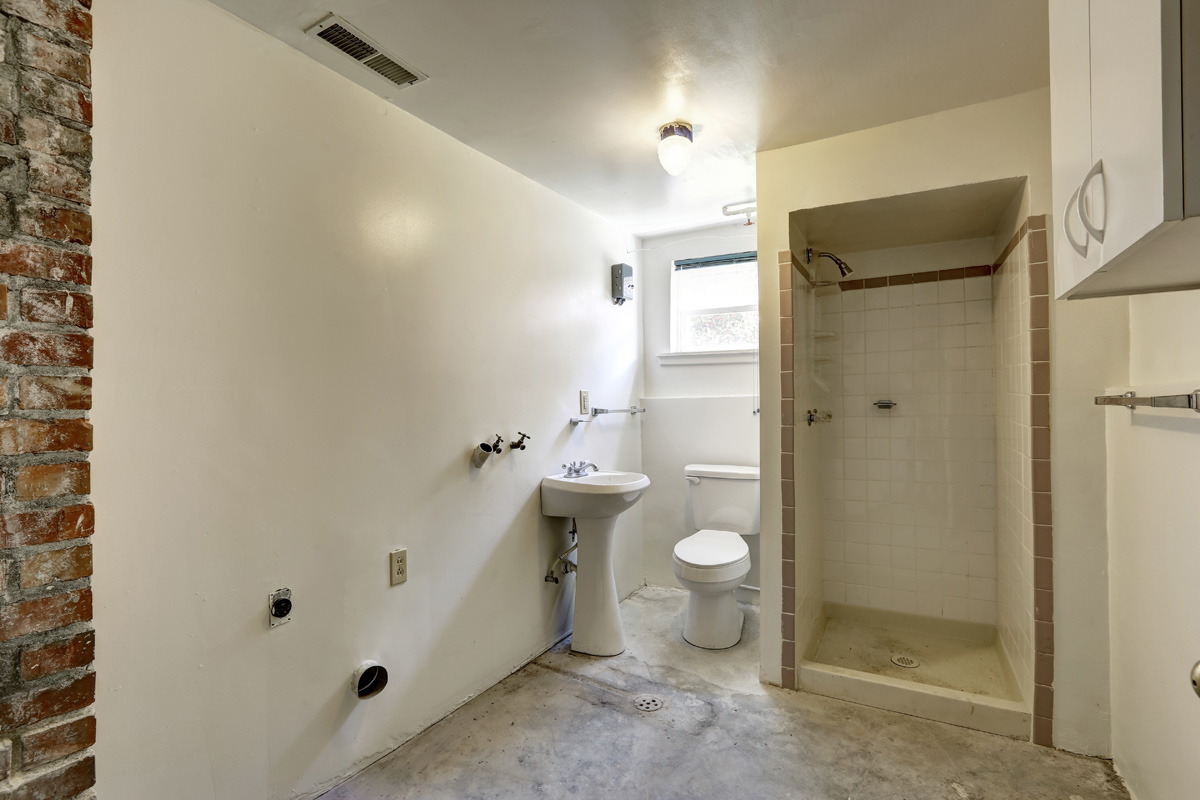


0 thoughts on “How Deep Can You Dig A Basement”